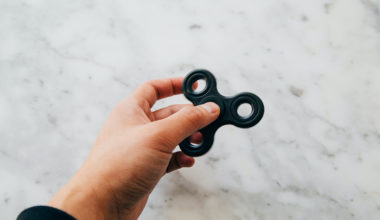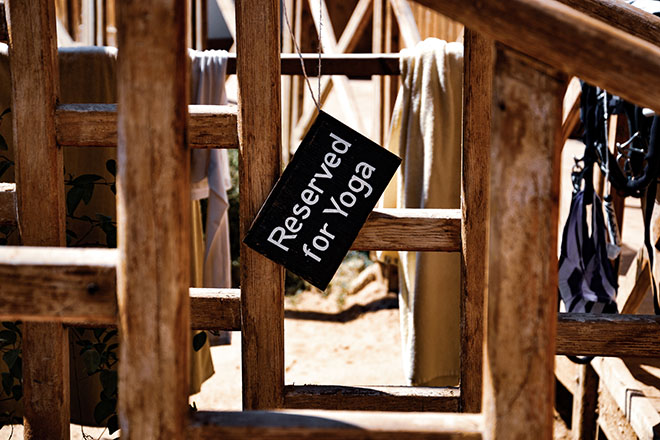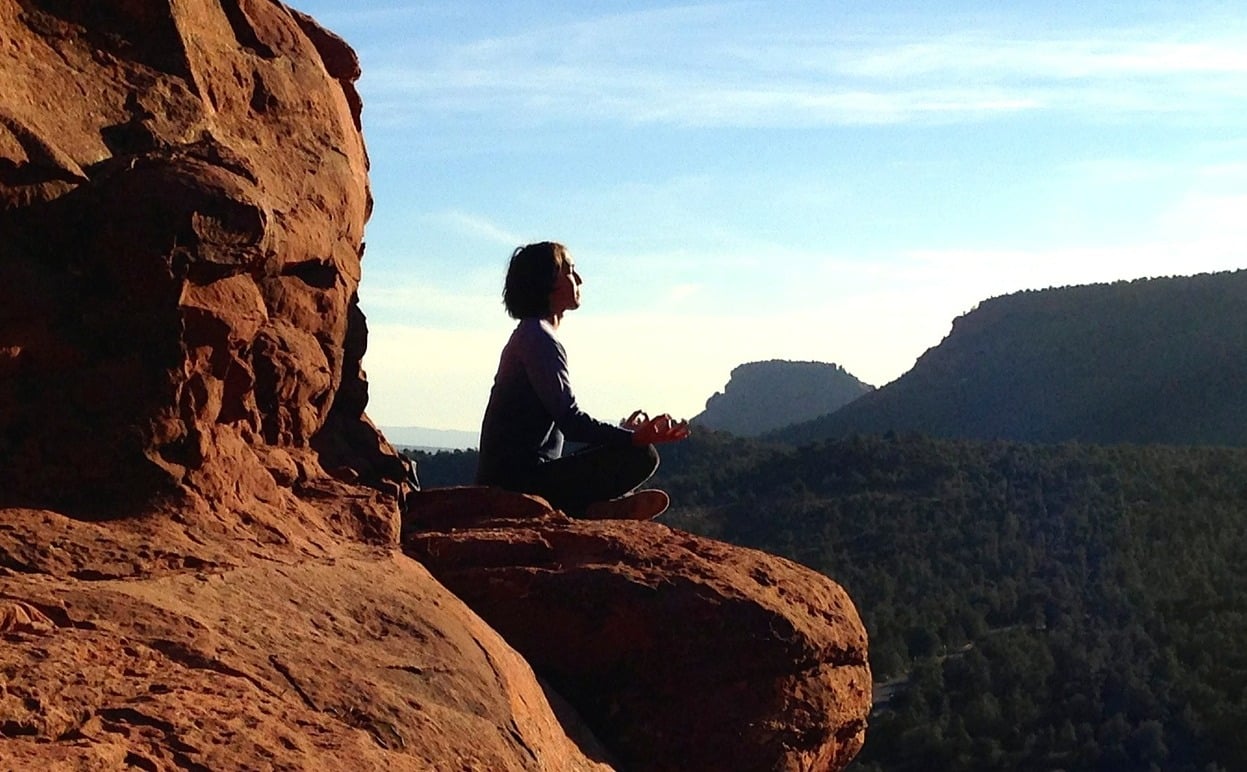When we think of mindfulness, many of us picture a meditating yogi who has forsaken all worldly possessions and lives in a state of constant Zen. Modern mindfulness, however, is much more practical and simpler than that. And you don’t have to do it perfectly to reap its benefits.
In a nutshell, mindfulness means being aware. So often we live our lives on autopilot. Rather than notice how we are feeling, we tend to simply react — sometimes too strongly, or allowing our reactions to take over. Mindfulness is not about shutting yourself off from your feelings, but adding a pause between feeling and reacting. This gives you a chance to breathe, and perhaps make a wiser choice about how to respond to an emotion or situation.
Meditation isn’t the only way to add more mindfulness into your life, though it is a helpful practice for many. Mindfulness can be practiced while walking down the street, washing your hands, or even while eating. Many therapists add a mindfulness component to their practice, which can help people suffering from a range of conditions, from anxiety to PTSD. Some therapists specialize only in mindfulness.
Just adding a little more mindfulness to your life — a quiet contemplation along a wooded path for instance — can work wonders for your mental health. Give it a try!










